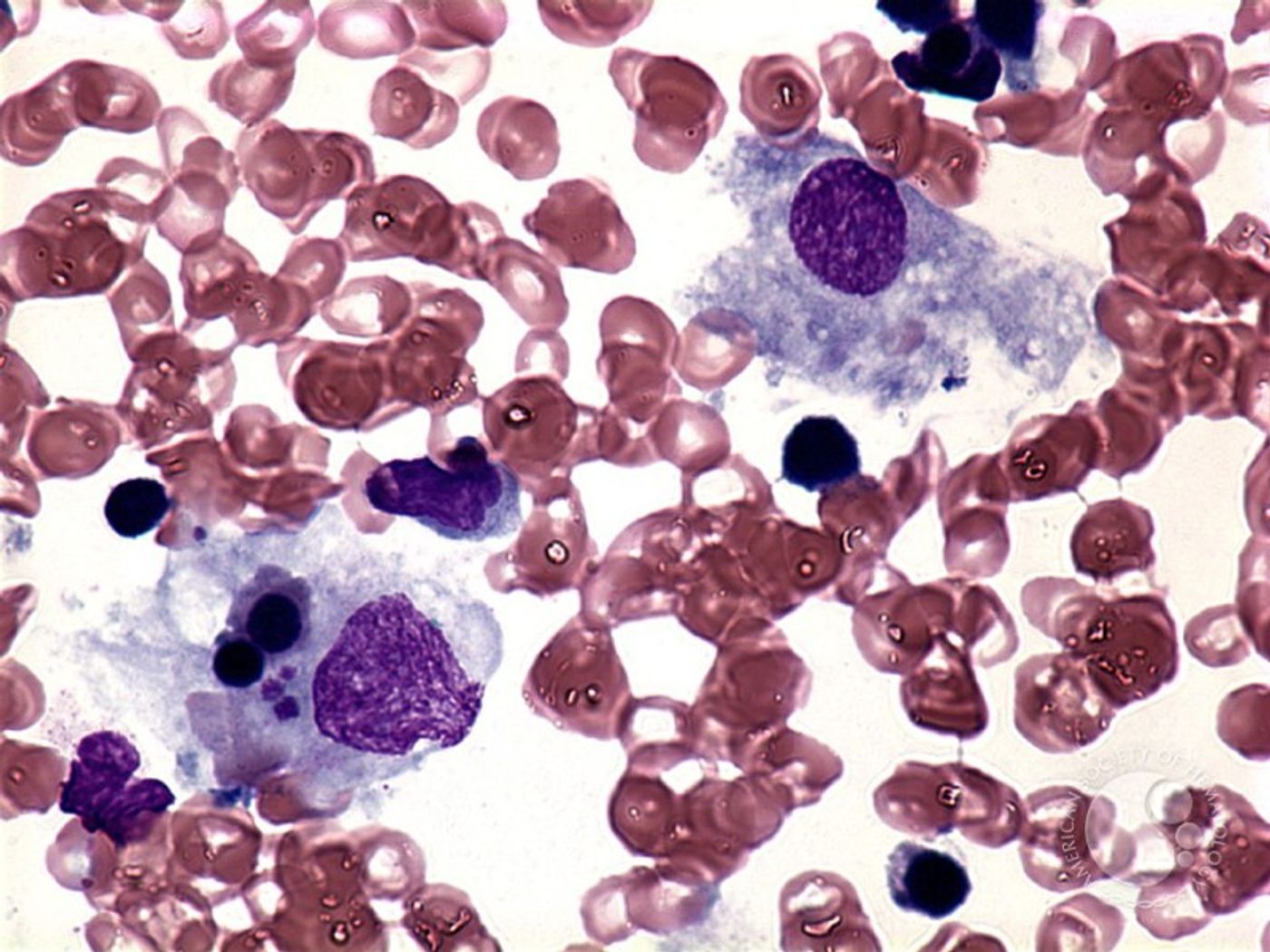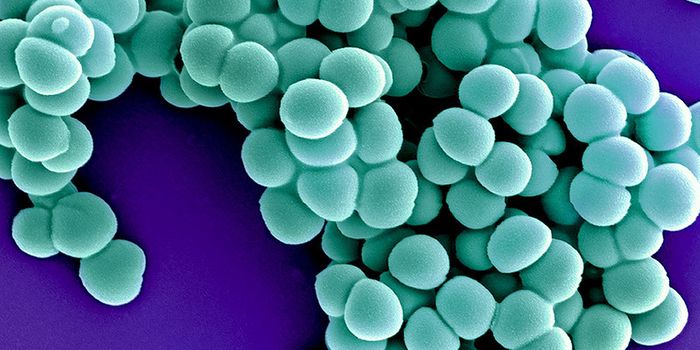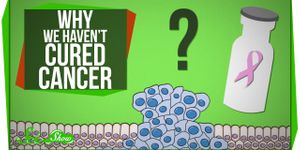The H1N1 influenza caused a massive panic in 2009, and scientists may have an answer for why this strain of flu is so much deadlier. A gene mutation making people susceptible to a "deadly hyperinflammatory disorder" was investigated in a study conducted by scientists from Cincinnati Children's Hospital Medical Center, and the findings were recently published in
The Journal of Infectious Diseases.
Everybody needs cytokines, macrophages, and T cells to fight off infections, but a little bit of inflammation goes a long way. In a study of 16 patients who died while infected with H1N1, 44 percent of cases were connected to a condition called reactive hemophagocytic lymphohistiocytosis (rHLH). Tissue samples were taken from these patients, and full genetic screening was performed on the samples. HLH gene mutations render people susceptible to developing severe inflammatory reactions when infected with a pathogen.
The more a pathogen naturally triggers inflammation as the body responds to fight off infection, the more likely someone with this gene mutation is to experience deadly inflammation. H1N1 stimulates more inflammation than other strains of the flu, so this could explain why the pandemic in 2009 was so deadly.
"H1N1 has become part of the viral mix for the annual flu season and preventative vaccine", Cincinnati scientists said.
Patients experiencing the effects of this hyperinflammatory condition have overwhelming inflammation damages to their vital internal organs, causing death. A part of this reaction comes from macrophage activation syndrome (MAS), a complication normally associated with autoimmune disease that causes "uncontrolled proliferation of T lymphocytes and well-differentiated macrophages" (
Medscape). 81 percent of the tissue samples from the study were associated with MAS.
The results of this study cause scientists to think about screening options for this genetic mutation, especially in children. Another option to be investigated is immunosuppressive therapy. The right balance must be met for this treatment to be effective, enough for lethal hyperinflammation to be stopped, but not too much to totally stop inflammation needed to ward off infection.
Watch the following video to learn more about HLH.









